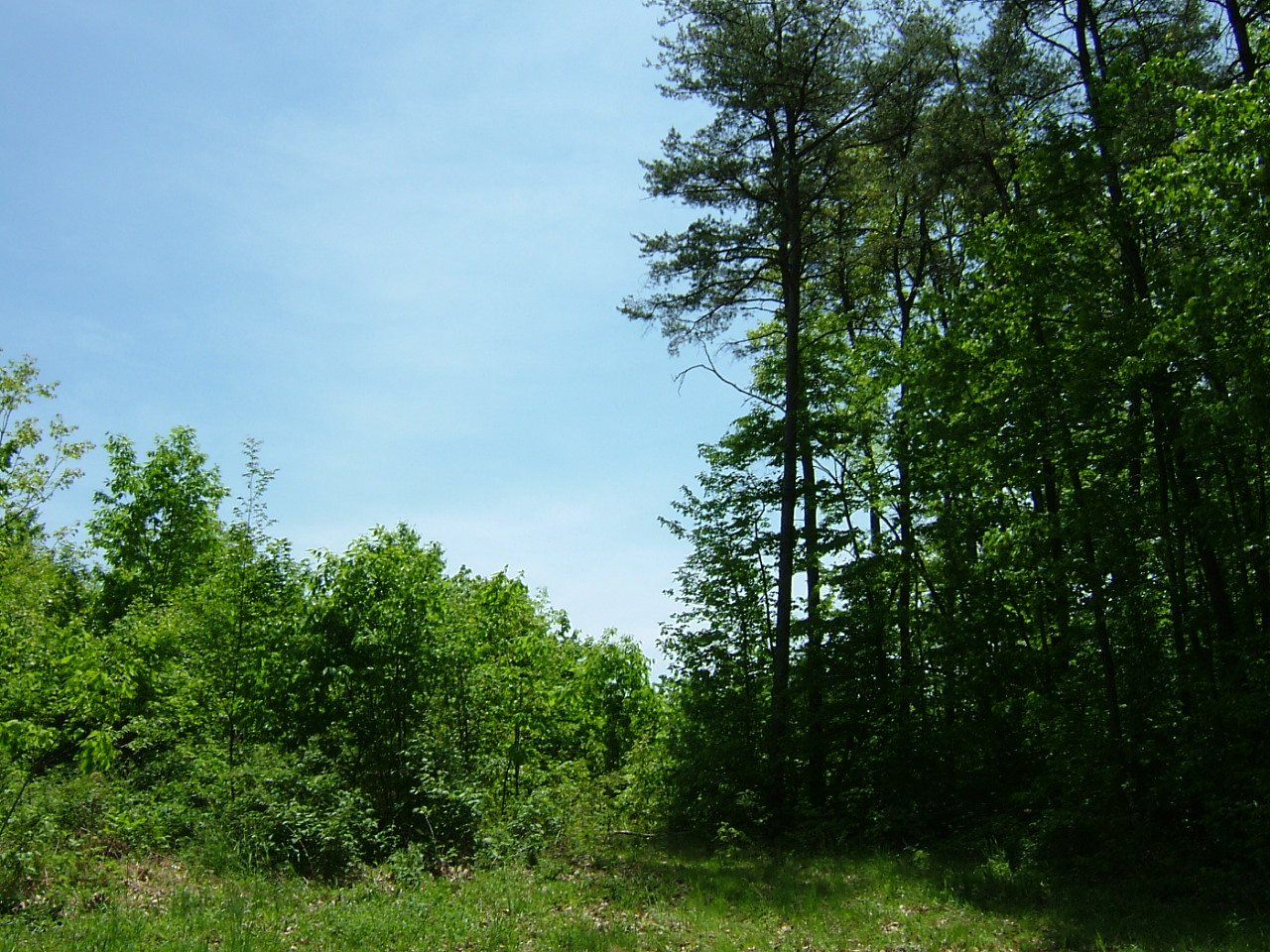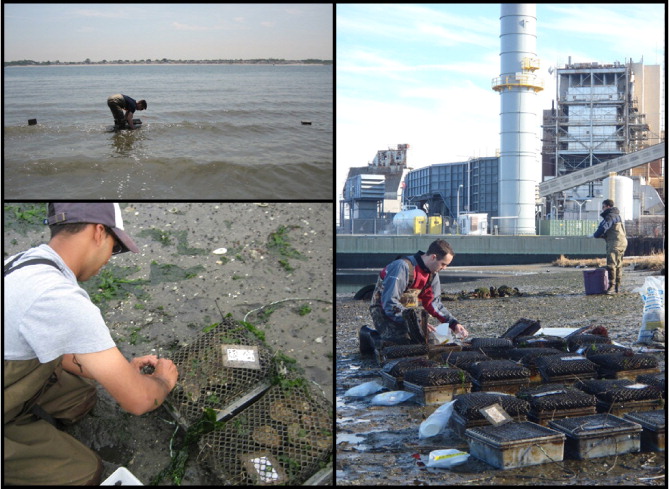
Baltimore’s Watershed 263 experiment in socioecology
Ecological restoration makes city dwellers happier and healthier. by Liza Lester, ESA communications officer IN the first summer after my move from the cool green climes of western Washington State to Washington, DC, I gained a primal, physical understanding the urban heat island effect. Summer in the District of Columbia is a hot, humid shock for a native northwesterner, and…


